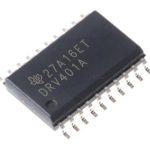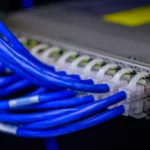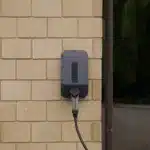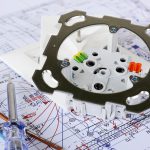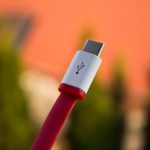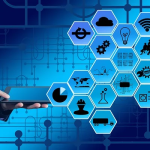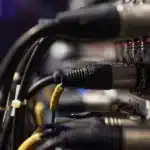
Agriculture as it is today
The world has in the recent past been experiencing extreme weather, deteriorating soil, and growing desertification. Agricultural-friendly ecosystems are collapsing thus making food production harder. Even worse, the global population is growing tremendously hence there are a lot of mouths to feed. The growing adoption of technology in agriculture is helping improve production through increased efficiency, reduced waste, and improved quality of yield. One such technology is IoT. IoT has boosted smart farming by introducing data-driven processes. IoT is not only favorable for large scale farming activities but also for emerging farming techniques
Application of IoT in Agriculture
Precision farming
Precision farm involves the close monitoring of crops or livestock through close observation and measuring and then responding to their inter and intra-field variability accordingly. The precision farming goal is to optimize returns on inputs while preserving resources. IoT introduces the use of IT, sensors, control systems, variable rate technology among others in agriculture.
CropMetrics, a precision agriculture organization focused on ultra-modern agronomic solutions, is one of the earlier adopters of IoT in agriculture. Some of their products and services include soil moisture probes, virtual optimizers among others. The soil moisture probe offers in-season local agronomy support complete with recommendations on how to optimize water use efficiency. The virtual optimizer on the other hand combines several water management technologies into a central, cloud-based location from where consultants and farmers can utilize.
Livestock monitoring
IoT can be utilized by large farm owners to establish the location and health status of their cattle. This helps in Identifying sick animals for isolation to tame the spread of contagious diseases. This way, ranchers reduce labor costs that would have been incurred in locating and monitoring cattle. JMB North America is one company that offers such IoT solutions.
Smart greenhouses
IoT can be used to develop a smart greenhouse incorporates that intelligently monitors and controls the prevailing climate inside the greenhouse thus eliminating the need for manual intervention. Manual intervention often results in production, and energy losses alongside increased labour cost making it less effective. To be able to control the environment, the greenhouse needs to be equipped with several sensors that measure the relevant environmental parameters. These sensors can then be linked to a cloud server for remote access and data processing. Once the data has been processed appropriate action can be applied.
IoT sensors in smart greenhouses capture the temperature, light levels, humidity, and pressure. These sensors can be used to control actuators to automatically turn off lights, open windows, or even turn on a fan all through a wireless network.
Conclusion
The role of IoT in agriculture keeps growing. IoT is currently enabling ranchers and landowners to collect meaningful data with unmatched ease. By acting upon these data accordingly, they can increase competitiveness and improve sustainability in the productions amidst climate change. Wider adoption of IoT in farming will help us meet the ever-growing demand for food in a hostile ecosystem.










